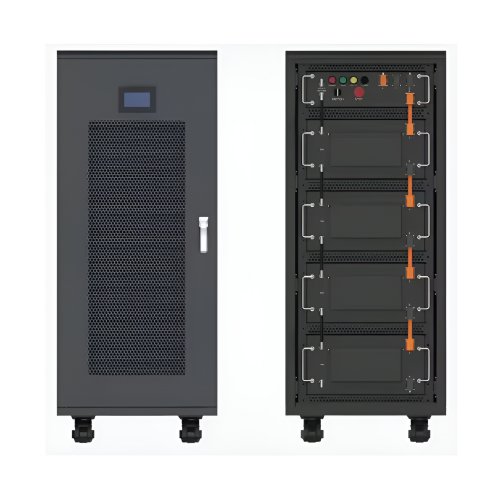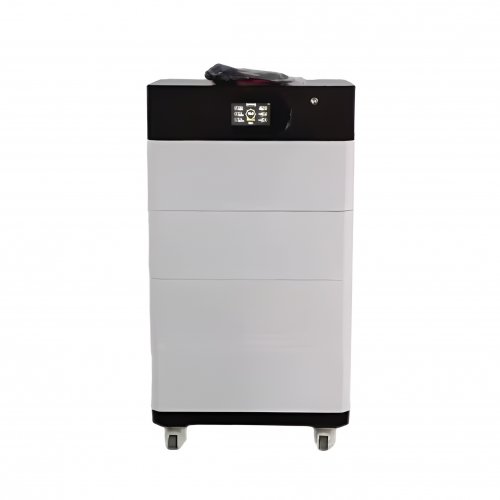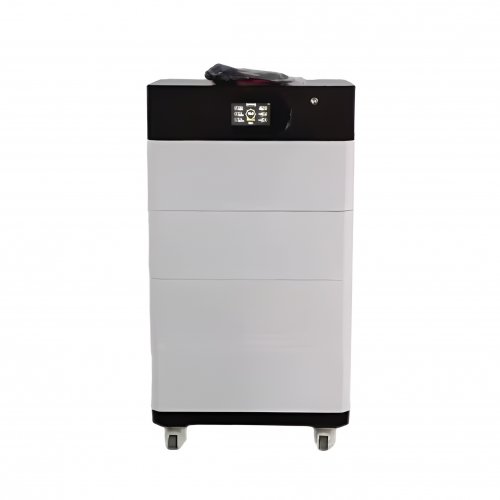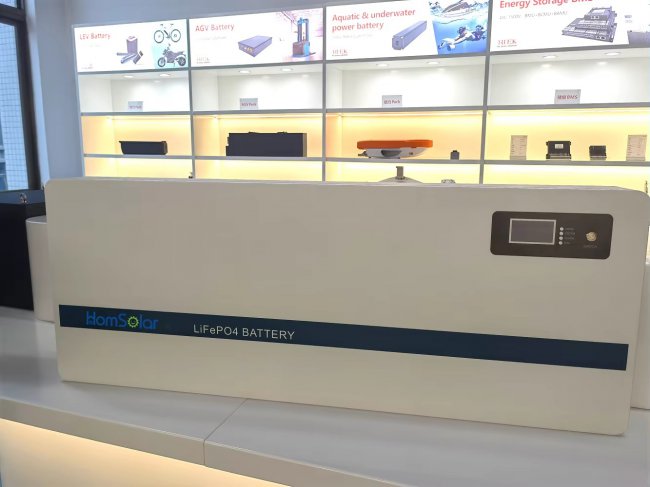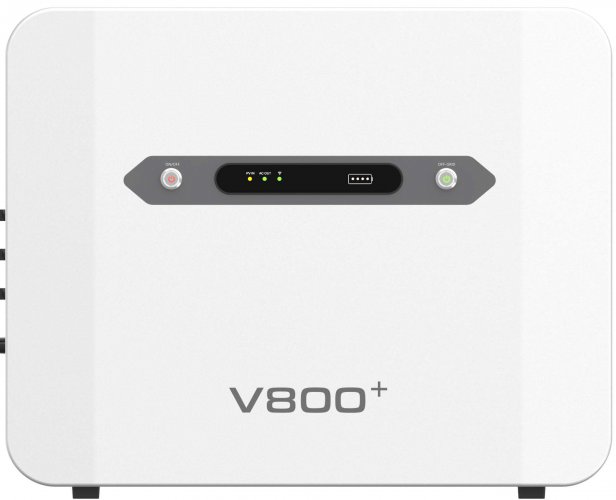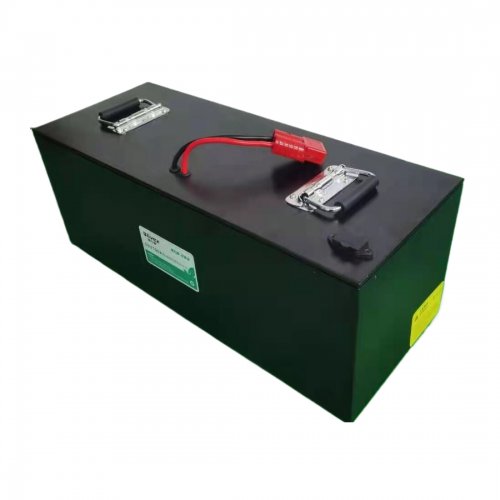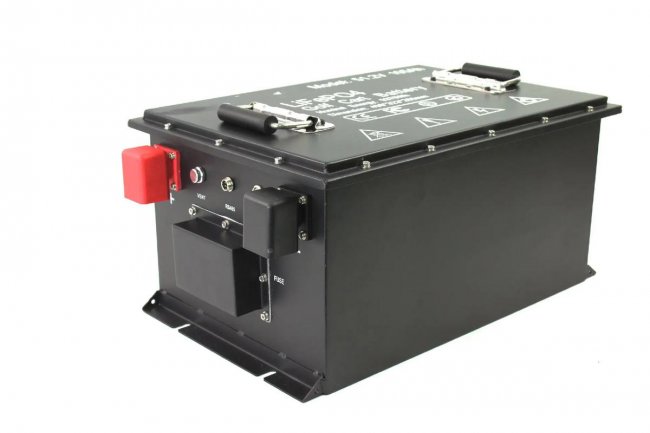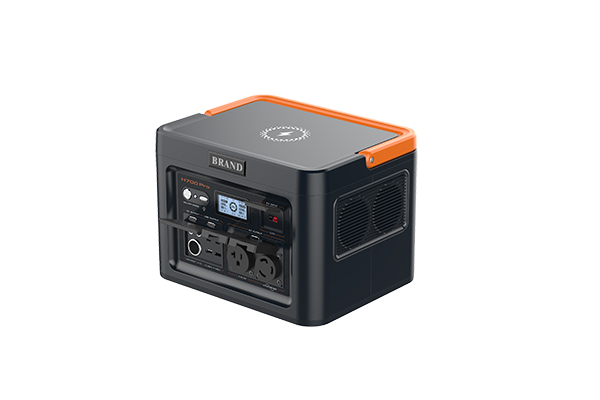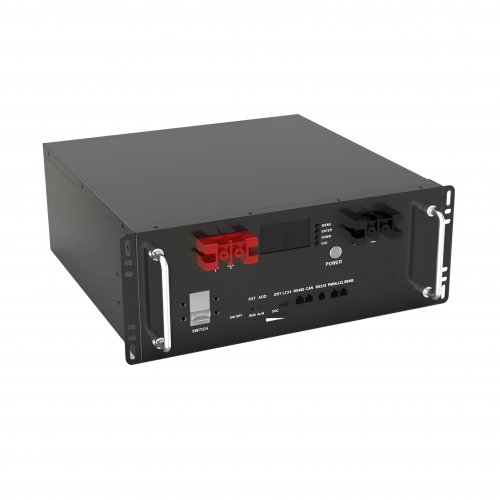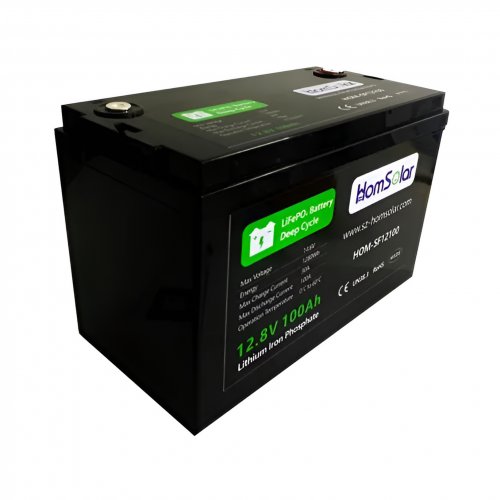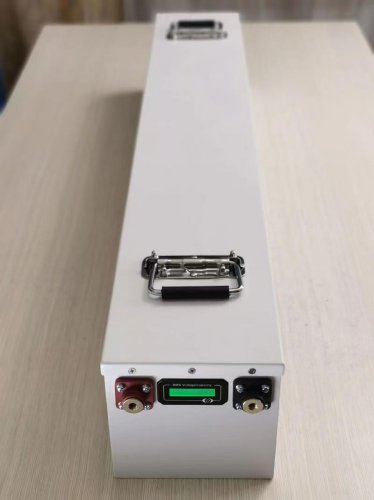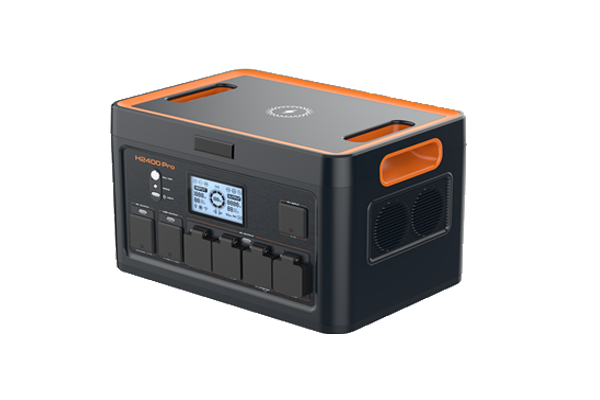How To Use Dod: A Practical Guide To Defining And Implementing Your Definition Of Done
In the world of Agile and Scrum, few concepts are as universally acknowledged yet frequently misunderstood as the Definition of Done (DoD). It is the cornerstone of quality, the gatekeeper of your product increment, and the single source of truth for what it means for a piece of work to be truly complete. A well-defined and consistently applied DoD prevents technical debt, enhances team predictability, and fosters a culture of shared responsibility. This guide will walk you through the steps of creating, refining, and leveraging a powerful DoD for your team.
Understanding the Core Concept
Before diving into the "how," it's crucial to grasp the "what." The Definition of Done is a formal, shared checklist of criteria that a product backlog item (e.g., a user story) must meet to be considered shippable. It is a binary state; an item is either "Done" or it is "Not Done." There is no "mostly done." Common criteria include:Code is written and reviewed.Unit tests are written and passed.Integration tests are completed.Code is merged into the main branch.Documentation is updated.Performance benchmarks are met.Product Owner has accepted the functionality.
Step-by-Step Guide to Creating Your DoD
Creating an effective DoD is a collaborative and iterative process. Follow these steps to establish yours.
Step 1: Assemble the Right Team The DoD is not a decree from management. It must be created and owned by the entire cross-functional development team, including developers, QA engineers, UX designers, and the Product Owner. Everyone who touches the product must agree on the criteria.
Step 2: Brainstorm the Baseline Criteria Hold a dedicated workshop to brainstorm all the activities required to consider a user story complete. Start with fundamental technical and quality practices. Use a whiteboard or a collaborative document to capture every idea. Questions to spark discussion include:What does our code need to look like before we merge it?What testing must occur before we demo to the Product Owner?What non-functional requirements (security, performance) are non-negotiable?What documentation is essential for us or for future maintainers?
Step 3: Prioritize and Formalize The initial list will likely be long and aspirational. The next task is to prioritize. Differentiate between what is essential forevery single item(your DoD) and what might be a nice-to-have or applicable only to certain features. Your final DoD should be a concise, actionable list of mandatory items. Aim for clarity and avoid ambiguity. "Code is reviewed" is better than "Code is good."
Step 4: Gain Consensus and Commitment This is the most critical step. The entire team must explicitly agree to uphold every item on the DoD for every user story. This commitment is a promise of quality to the team and the stakeholders. Without full buy-in, the DoD becomes a suggestion rather than a rule.
Step 5: Integrate into Your Workflow The DoD is useless if it's hidden in a document no one reads. Make it highly visible. Print it and hang it on the team's wall. Add it as a checklist on your Kanban board (e.g., as columns for "Code Review," "QA," etc.). Reference it during sprint planning to gauge capacity and during daily scrums to track progress.
Practical Tips and Techniques for SuccessStart Small and Evolve: Your first DoD should be a minimal, achievable baseline. A team just starting might have a DoD with only three items: "Code Written," "Peer Review Completed," "All Tests Pass." As the team matures and its capabilities grow, it can add more rigorous criteria, such as "Zero Known Security Vulnerabilities" or "Performance Budget Met." Review and update your DoD during sprint retrospectives.Distinguish DoD from Acceptance Criteria (AC): This is a common point of confusion. Acceptance Criteria are specific to a single user story and define its functional requirements (the "what"). The DoD is global to all stories and defines the quality and technical standards (the "how"). A story can meet all its AC but still fail the DoD if, for example, the code wasn't reviewed.Use the INVEST Principle as a Guide: A good DoD helps ensure your user stories are "Testable" and potentially "Shippable." When a story is declared "Done," you should be confident that it truly is a finished, high-quality piece of work.Automate What You Can: Automating parts of your DoD is a powerful way to ensure consistency and save time. Integrate automated testing, code analysis, and build processes into your Continuous Integration/Continuous Deployment (CI/CD) pipeline. This turns subjective checks into objective, automated gates.
Crucial Considerations and Pitfalls to AvoidDon't Confuse "Done" with "Released": Your DoD defines when a feature is ready to be shipped, but the actual release might happen at a later date due to business decisions (e.g., marketing campaigns). The DoD ensures that what isinthe release is production-ready.Avoid the "Undone" Work Trap: If a team consistently fails to meet its DoD by the end of the sprint, it accumulates "undone" work. This is a major red flag. It means the team is over-committing, the DoD is too strict, or there are impediments preventing them from completing their work. This must be addressed immediately in a retrospective.Resist Watering Down the DoD Under Pressure: When deadlines loom, there is a temptation to relax the DoD to get more "Done." This is a catastrophic mistake. It trades short-term perceived speed for long-term technical debt, buggy software, and reduced team morale. Upholding the DoD, even under pressure, is a sign of a mature, professional team.Beware of Imposed DoDs: A DoD imposed by an external party (e.g., management or another team) will lack team buy-in and will likely be ignored or resented. The team must own its Definition of Done.
By treating your Definition of Done as a living agreement and a commitment to excellence, you transform it from a simple checklist into a powerful engine for delivering reliable, high-quality software. It creates a transparent and predictable environment where everyone understands what "done" truly means.
Customized/OEM/ODM Service
HomSolar Supports Lifepo4 battery pack customization/OEM/ODM service, welcome to contact us and tell us your needs.


HomSolar: Your One-stop LiFePO4 Battery Pack & ESS Solution Manufacturer
Our line of LiFePO4 (LFP) batteries offer a solution to demanding applications that require a lighter weight, longer life, and higher capacity battery. Features include advanced battery management systems (BMS), Bluetooth® communication and active intelligent monitoring.

Customised Lithium Iron Phosphate Battery Casing
ABS plastic housing, aluminium housing, stainless steel housing and iron housing are available, and can also be designed and customised according to your needs.

HomSolar Smart BMS
Intelligent Battery Management System for HomSolar Energy Storage System. Bluetooth, temperature sensor, LCD display, CAN interface, UART interface also available.


Terminals & Plugs Can Be Customized
A wide range of terminals and plugs can be customised to suit the application needs of your battery products.

Well-designed Solutions for Energy Storage Systems
We will design the perfect energy storage system solution according to your needs, so that you can easily solve the specific industry applications of battery products.



About Our Battery Cells
Our energy storage system products use brand new grade A LiFePO4 cells with a battery lifespan of more than 4,000 charge/discharge cycles.



Applications in Different Industries
We supply customized & OEM battery pack, assemble cells with wiring, fuse and plastic cover, all the cell wires connected to PCB plug or built BMS.
Applications: E-bike, Electric Scooter, Golf Carts, RV, Electric Wheelchair, Electric Tools, Robot Cleaner, Robot Sweeper, Solar Energy Storage System, Emergency Light, Solar Power Light, Medical Equipment, UPS Backup Power Supply.
We can provide you with customized services. We have the ability to provide a vertical supply chain, from single cells to pack/module and to a complete power solution with BMS, etc.


HomSolar (Shenzhen) Technology Co., Ltd







